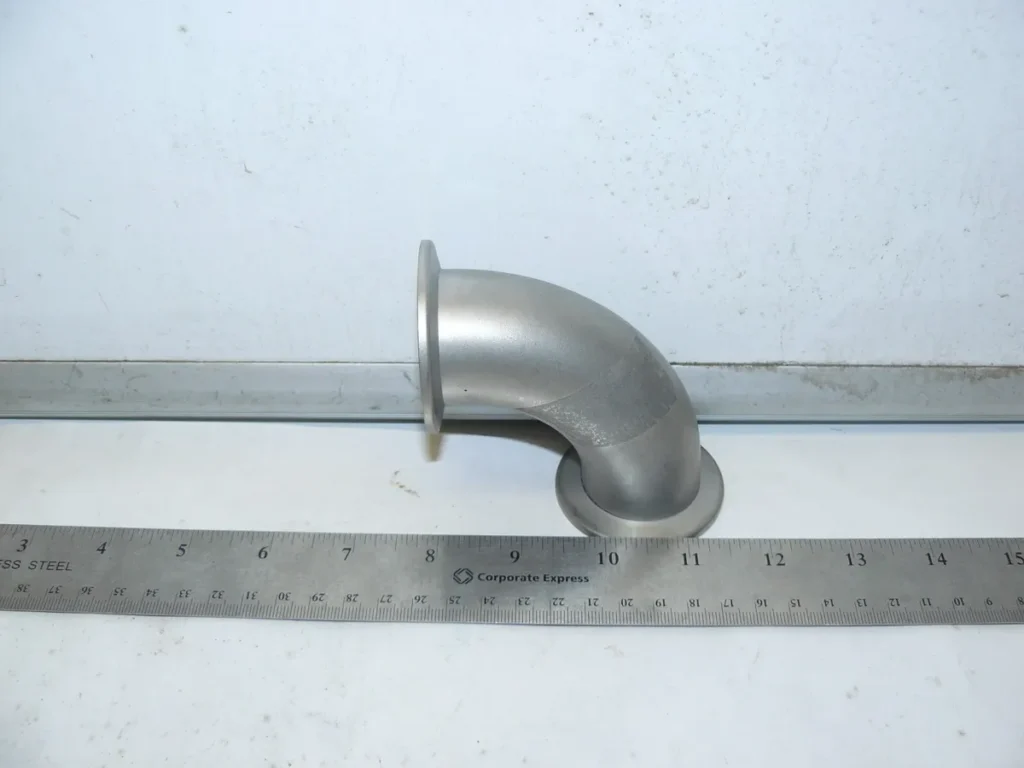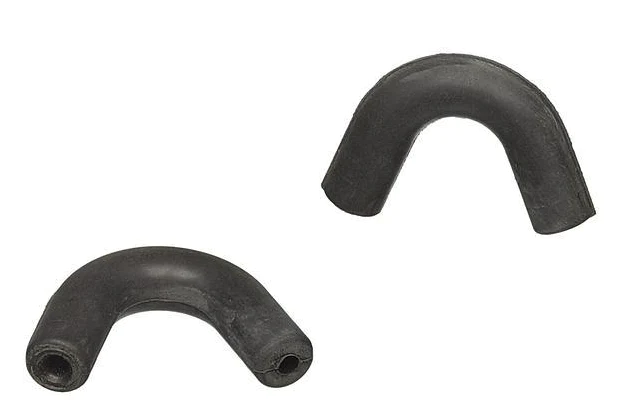Discover the versatility and benefits of a 90 degree vacuum elbow in vacuum systems and industrial applications. This comprehensive guide provides insights into the functionality and applications of 90 degree vacuum elbows.
Understanding 90 Degree Vacuum Elbows
A 90 degree vacuum elbow is a specialized fitting used for changing the direction of flow in vacuum systems:
Operating Principle:
The elbow features a smooth internal surface and a curved design, allowing for efficient flow redirection and reduced pressure drop.
Construction and Design:
90 degree vacuum elbows are typically made from durable materials such as stainless steel or PVC, ensuring compatibility with various vacuum system applications.
How Does a 90 Degree Vacuum Elbow Work?
The usage of a 90 degree vacuum elbow involves the following steps:
Flow Direction Change:
The elbow is installed in the vacuum system’s pipeline, facilitating a 90-degree change in the flow direction.
Pressure Drop Reduction:
The smooth internal surface of the elbow minimizes turbulence and pressure drop, optimizing system efficiency and performance.
Compatibility:
Different sizes and materials of 90 degree vacuum elbows are available to suit specific vacuum system requirements and ensure proper flow continuity.
Advantages and Applications
90 degree vacuum elbows offer several advantages and find applications in various industries:
Improved Flow Efficiency:
The smooth internal surface and optimized design of 90 degree vacuum elbows minimize turbulence and pressure drop, enhancing overall flow efficiency.
Space Optimization:
The compact and versatile nature of 90 degree vacuum elbows allows for efficient use of space in vacuum systems, especially in applications with limited installation space.
Material Compatibility:
With a wide range of available materials, including those suitable for corrosive or abrasive environments, 90 degree vacuum elbows can be utilized across diverse industries such as pharmaceutical, chemical, food processing, and electronics manufacturing.

Common Challenges and Solutions
Certain challenges may be encountered with 90 degree vacuum elbows:
Material Build-up:
In applications involving particulate or sticky substances, material build-up can occur inside the elbow, affecting flow efficiency. Regular cleaning or choosing specialized coatings can mitigate this issue.
System Design Considerations:
Proper positioning and sizing of 90 degree vacuum elbows within the system are crucial to avoid excessive pressure drop or flow disruptions. Consulting with experts in vacuum system design is recommended.
Conclusion
A 90 degree vacuum elbow is a valuable component in vacuum systems, offering advantages such as improved flow efficiency, space optimization, and material compatibility. By understanding the functionality and applications of 90 degree vacuum elbows.
Industries can optimize their vacuum systems and enhance operational efficiency. Explore the capabilities of a 90 degree vacuum elbow and unlock its potential for efficient flow direction changes in vacuum applications.


Leave a Reply